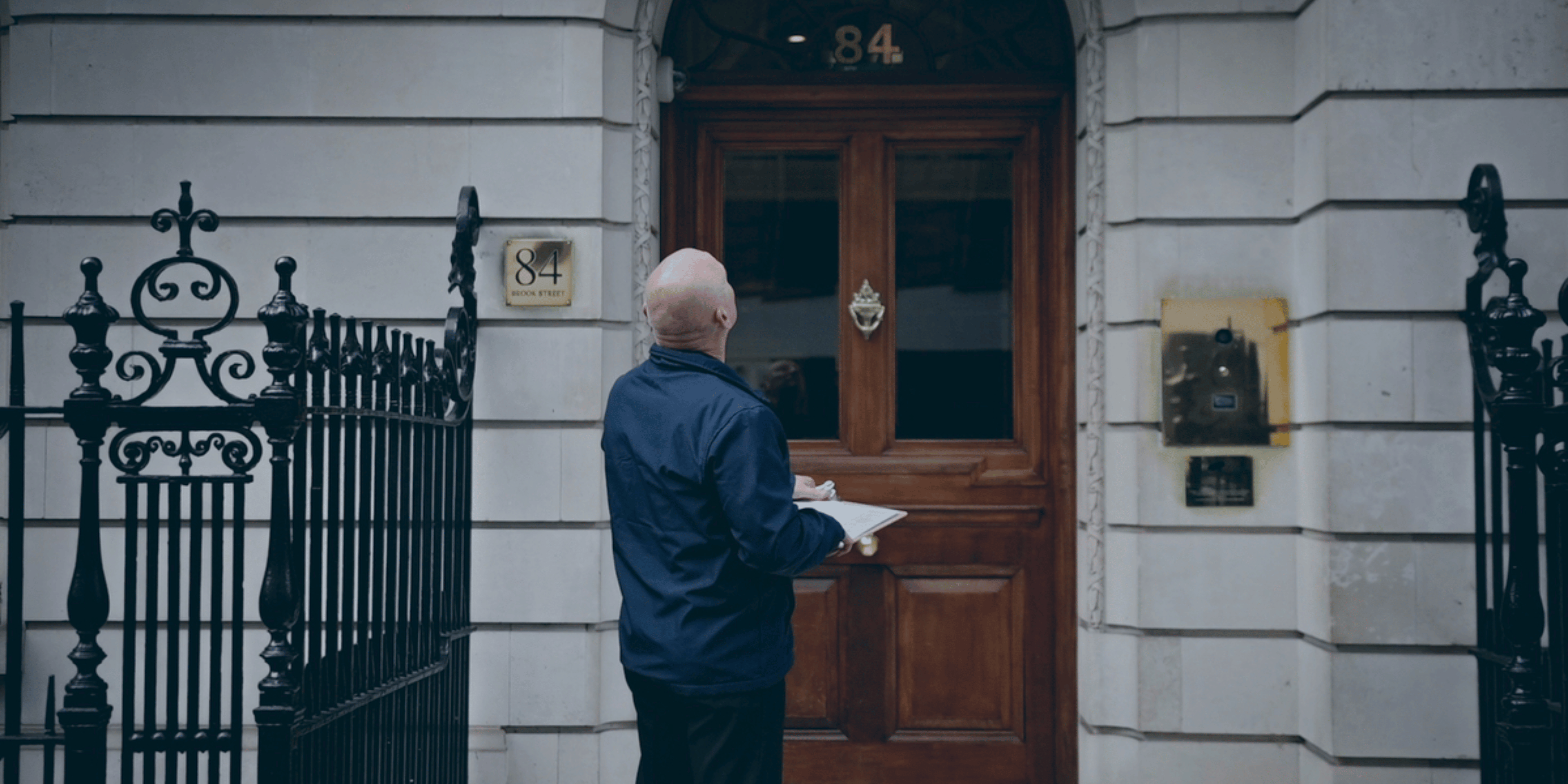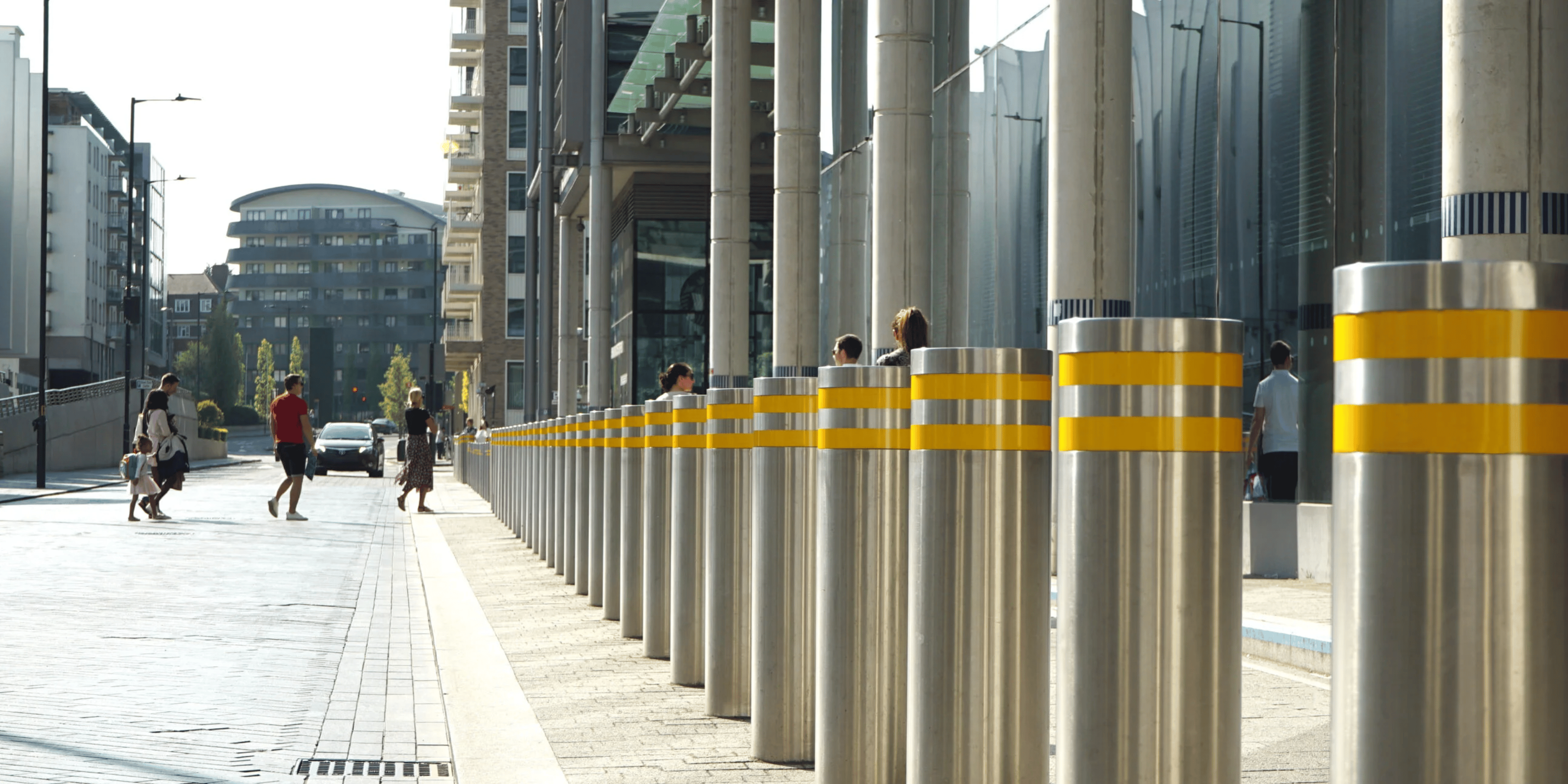
4 Best Practices for Effective Commercial CCTV on Construction Sites
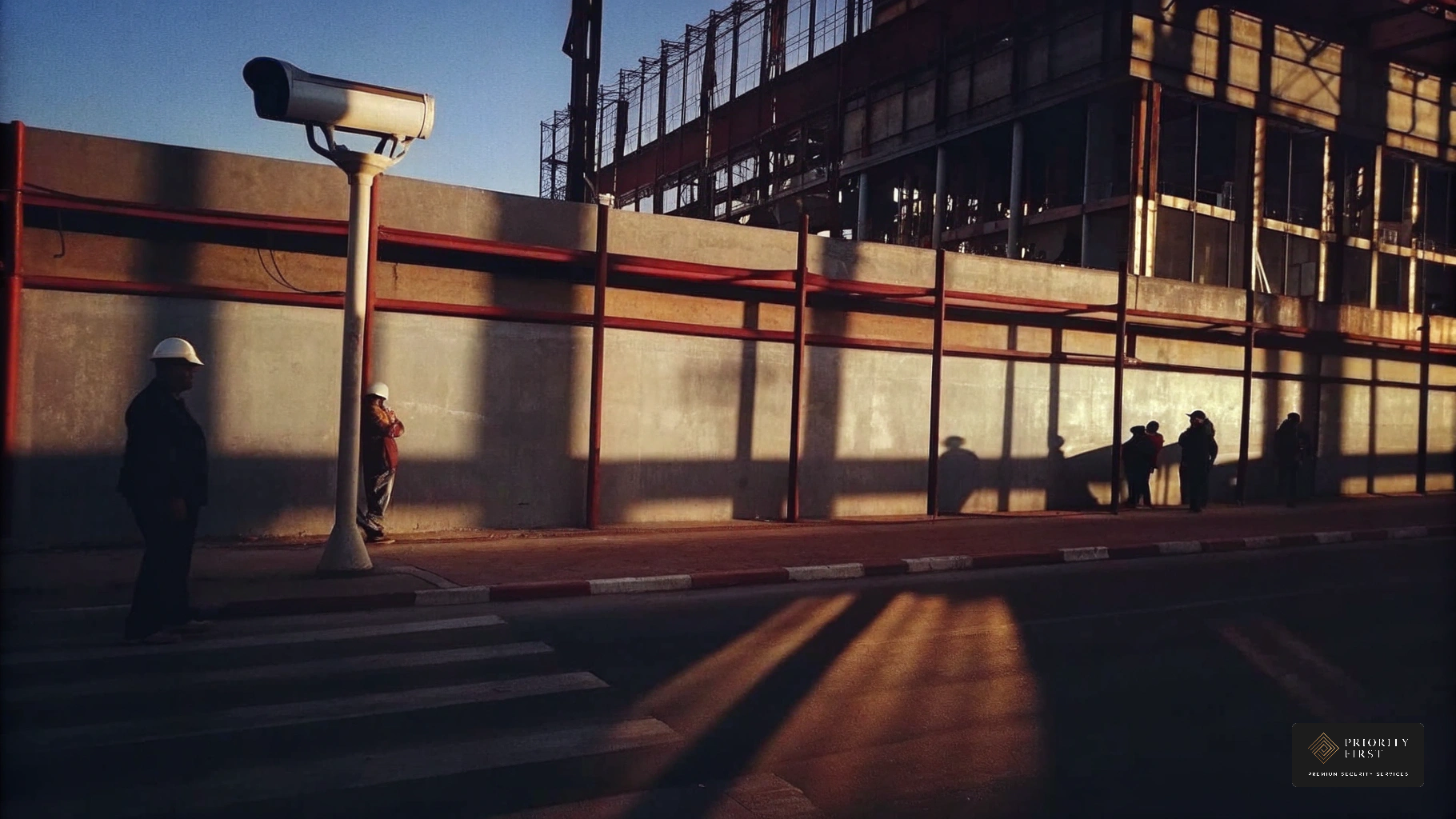
Overview
The effective use of commercial CCTV on construction sites is paramount, particularly in the face of rising security challenges. Clear objectives are essential; they guide the implementation of security measures tailored to specific site needs. Legal compliance cannot be overlooked, as it safeguards against potential liabilities and aligns with industry regulations. Furthermore, selecting suitable technology is crucial to ensure that the systems deployed are fit for purpose and capable of addressing the unique risks associated with construction environments.
These practises collectively enhance security, ensure safety, and maintain operational integrity. Ignoring these elements can lead to significant consequences, including increased theft, regulatory penalties, and compromised incident response capabilities. The financial implications of theft alone can be staggering, costing UK construction businesses over £1m a week. Thus, prioritising robust management practises is not merely advisable; it is a necessity for sustaining business resilience.
In practise, Priority First positions itself as a pragmatic solution provider. By emphasising evidence-led strategies and real-world outcomes, such as securing over £1.6bn in assets and achieving rapid response times, we demonstrate our commitment to safeguarding construction sites. Our approach is not driven by hype but by measured reasoning, ensuring that investments in security translate into long-term value.
The lesson is clear: early investment in security measures prevents greater losses down the line. By situating security within the broader context of economic logic and business continuity, Priority First offers a client-focused solution that addresses the pressing security needs of the construction industry.
Introduction
The rapid expansion of construction projects highlights a significant security challenge: theft, vandalism, and safety incidents are on the rise, with construction theft costing UK businesses over £1 million a week. This reality underscores the need for effective surveillance, as the consequences of neglecting these risks can be severe—financial losses, operational disruptions, and reputational damage are all at stake.
In practise, implementing best practises for commercial CCTV can transform security from a mere necessity into a vital asset for construction site management. Not only does it deter criminal activity, but it also enhances safety and ensures compliance with legal standards. However, navigating the complex landscape of technology, regulations, and operational management remains a challenge for many.
The lesson is clear: by prioritising security measures, businesses can safeguard their assets and maintain operational integrity. Priority First offers a pragmatic approach to these challenges, focusing on evidence-led strategies and client-focused solutions. Early investment in robust security systems is not merely an expense; it is a critical step towards ensuring business continuity and resilience against future threats.
Establish Clear Objectives for CCTV Use
To enhance the efficiency of surveillance systems at building locations, establishing clear goals is essential. These objectives should encompass key areas that directly impact operational effectiveness.
The primary aim of commercial CCTV is often to deter theft and vandalism. Clearly expressing this aim assists in selecting suitable technology and ideal camera positioning, which can significantly reduce crime risk on building projects. The reality is that without proper deterrence measures, businesses face increased vulnerability.
Ensuring adherence to safety protocols is another vital objective. Surveillance systems can monitor employee conduct and machinery utilisation, aiding in accident prevention and improving overall safety at the site. Recent data indicates that injuries and fatal accidents are on the rise across Europe’s building sites, underscoring the necessity for vigilant monitoring.
Surveillance cameras should also function as reliable instruments for collecting evidence in the event of incidents or disputes. This requires and adequate storage solutions, as grainy or lagging footage can be ineffective for investigations. The lesson is clear: without robust evidence collection mechanisms, businesses may struggle to defend themselves in disputes.
By establishing these goals, project managers can transform their surveillance installations into vital resources for operational effectiveness and safety oversight, utilising commercial CCTV as essential security tools. As highlighted by industry specialists, possessing a cutting-edge surveillance setup is crucial for efficient monitoring of building locations, facilitating anticipatory actions that enhance both safety and compliance.
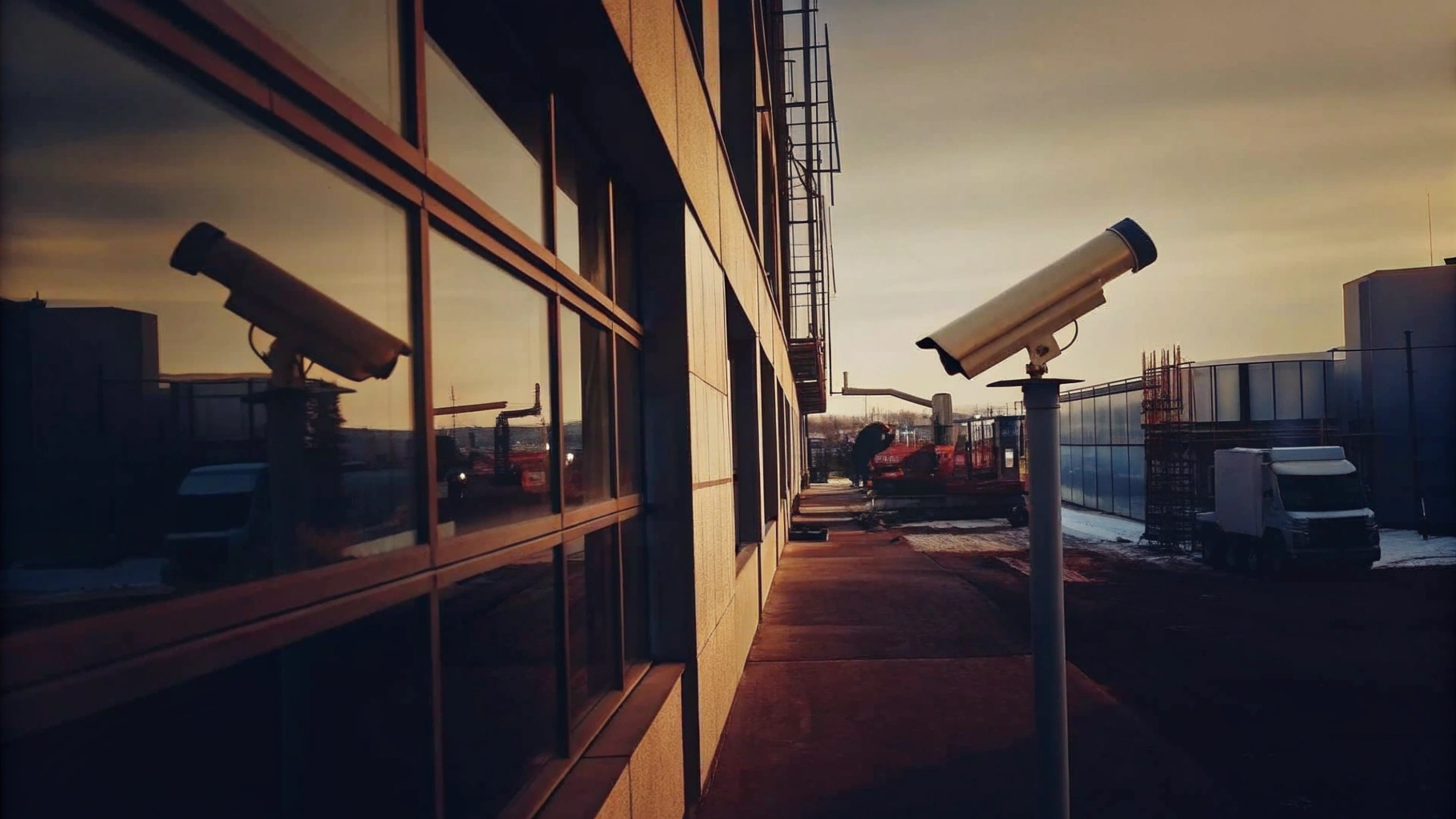
Ensure Compliance with Legal and Regulatory Standards
Adhering to legal and regulatory standards is crucial when installing surveillance systems on construction sites. Understanding the is essential; all CCTV operations must align with its stipulations, particularly regarding data retention and access rights. Organisations are required to appoint a Data Protection Officer (DPO) if they process large volumes of personal data or engage in systematic monitoring.
Clearly displaying signs indicating surveillance operations is not only a legal requirement but also serves as a deterrent to potential intruders. This transparency fosters trust among workers and visitors, ensuring they are aware of the surveillance measures in place.
Cameras should be positioned to respect the privacy of workers and the public. Avoid placing cameras in areas where individuals have a reasonable expectation of privacy, such as restrooms. Regular training sessions for personnel involved in video surveillance operations should concentrate on ethical monitoring practices and privacy rights.
By following these legal standards, construction sites can effectively reduce risks associated with surveillance while fostering a culture of trust and transparency. This proactive approach not only enhances security but also aligns with best practices in data protection, ensuring compliance with the GDPR and other relevant regulations.
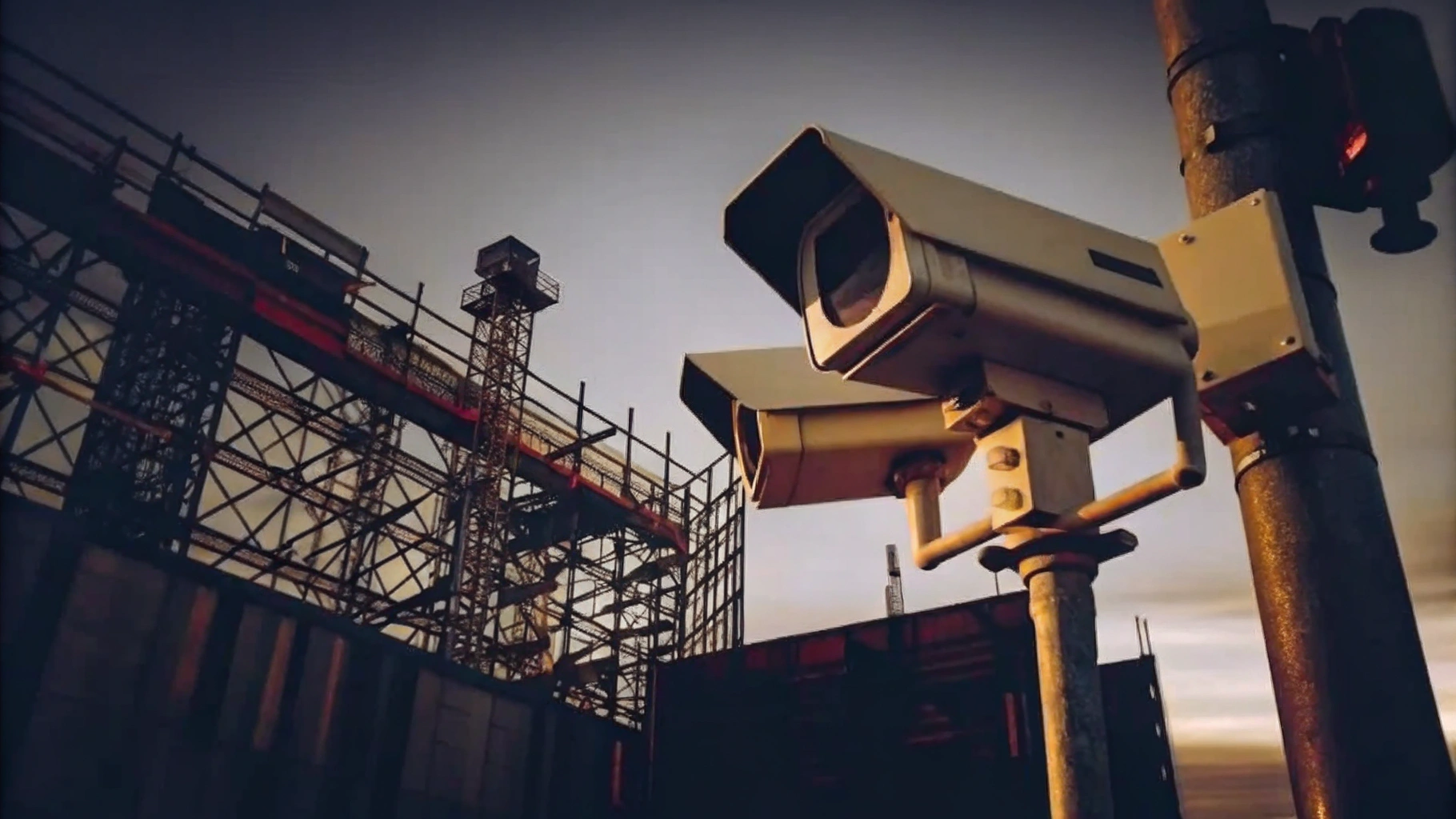
Select Suitable CCTV Technology and Equipment
Selecting suitable CCTV technology and equipment necessitates several critical steps:
- Assessing security needs is paramount. The construction sector faces significant losses—over £800 million annually due to theft and vandalism. Evaluating specific security challenges, including high-value equipment, access points, and potential blind spots, is essential for effective protection.
- Choosing the right camera types is equally important. Various camera types tailored for construction environments should be considered. PTZ (Pan-Tilt-Zoom) cameras offer wide coverage, while fixed cameras can be strategically positioned in high-risk areas. Selected cameras must feature night vision and weather resistance to ensure reliable surveillance around the clock.
- Integration with other security solutions is vital for a comprehensive security approach that includes commercial CCTV. A commercial CCTV setup should function in synergy with alarms and access control mechanisms. This integration enhances overall security, making it more challenging for unauthorised individuals to breach the premises.
- Remote monitoring capabilities are crucial as well. Solutions that provide enable quick responses to incidents. Contemporary surveillance camera setups can even operate off-grid with solar panels, making them suitable for isolated building locations.
By thoughtfully selecting the appropriate technology and equipment, including commercial CCTV, construction sites can significantly enhance their security posture, ensuring efficient monitoring and robust defence against potential threats.
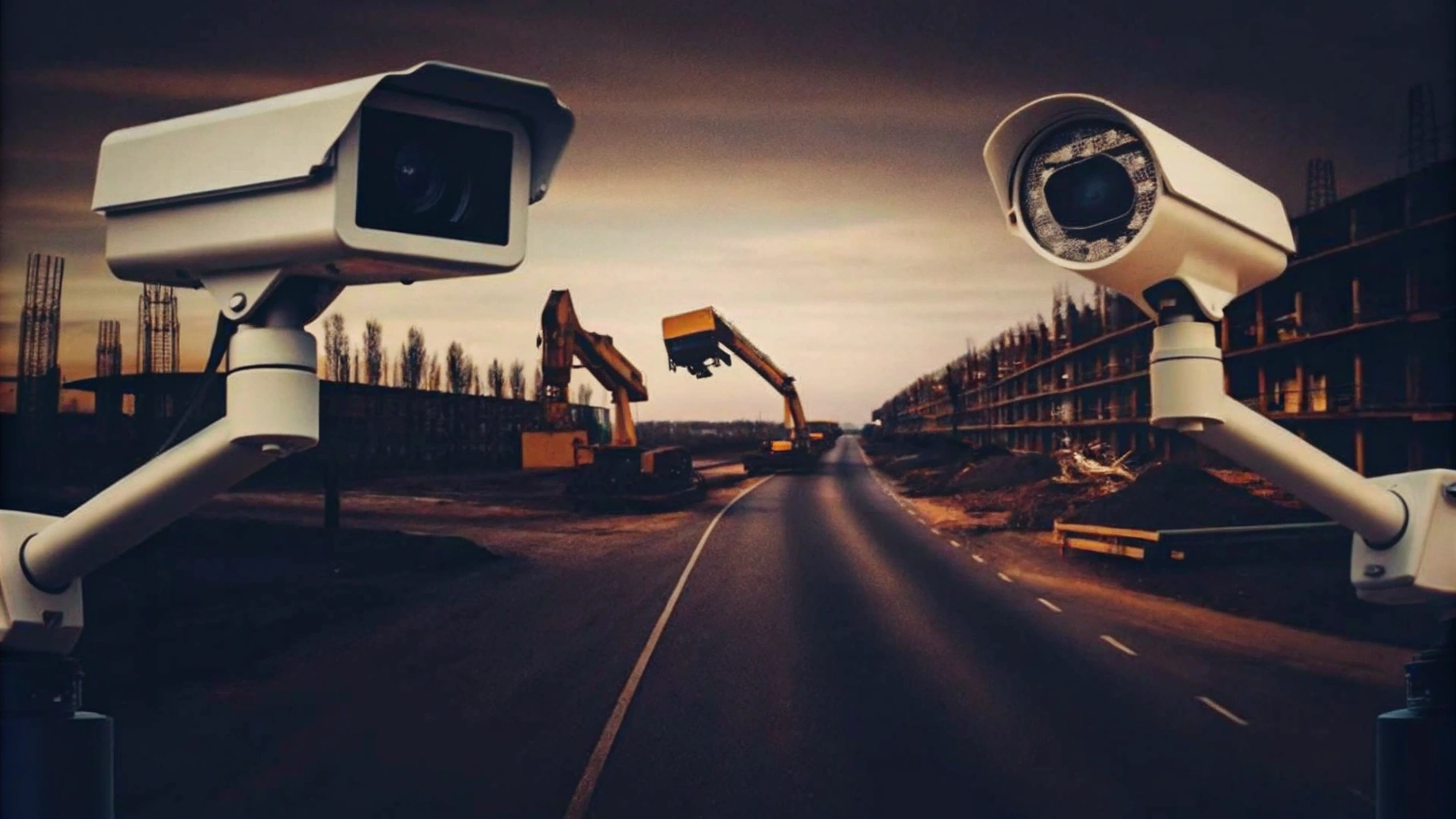
Implement Effective Management and Monitoring Practices
To maintain the effectiveness of CCTV systems on construction sites, it is essential to implement robust . Regular system checks are critical; conducting routine inspections of the CCTV system verifies that all cameras are operational and that footage is being recorded correctly. This proactive approach helps identify issues before they escalate, ensuring operational integrity.
Staff training is equally vital. Comprehensive training programs for personnel on surveillance system operation are crucial. Employees should learn how to access footage, respond to alerts, and understand the features of the setup. Effective training not only improves the operational efficiency of the surveillance setup but also enables staff to act quickly in response to incidents. As noted, "Safety should never be a priority. It should be a precondition," highlighting the foundational role of training in ensuring safety and security.
Data management protocols must also be established. Clear guidelines for managing recorded footage, including retention periods and secure storage methods, are essential. Adhering to data protection laws is vital, as improper handling of footage can lead to compliance issues that have significant repercussions for businesses.
Incident response protocols should be clearly defined and communicated. Establishing procedures for reacting to incidents recorded on surveillance cameras, including escalation procedures and reporting findings to relevant authorities, ensures that all team members are prepared to act decisively.
By integrating these practices, construction sites can transform their CCTV systems into proactive elements of their overall security strategy, significantly enhancing site safety and operational integrity.
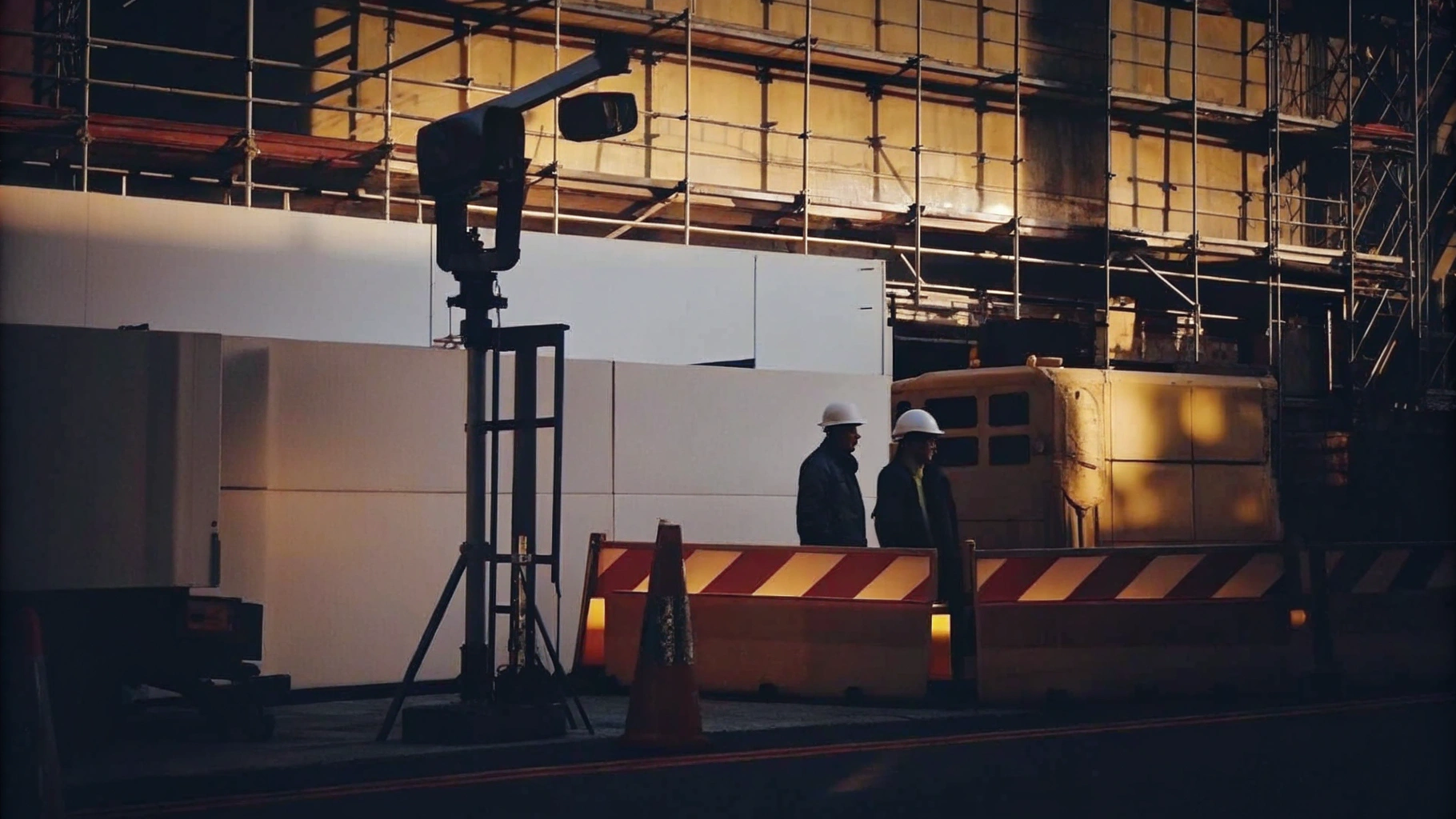
Conclusion
Establishing effective commercial CCTV systems on construction sites is critical for enhancing security and ensuring operational safety. This measure significantly mitigates risks associated with theft, vandalism, and safety violations. By setting clear objectives, ensuring compliance with legal standards, selecting appropriate technology, and implementing robust management practises, construction projects can protect assets while fostering a culture of accountability among workers.
The reality is that defining specific goals for CCTV use—such as deterring crime and monitoring safety protocols—cannot be overlooked. Compliance with regulations like the GDPR is essential to maintain privacy while ensuring transparency with workers and the public. In practise, the selection of suitable CCTV technology, including features like remote monitoring and integration with other security systems, plays a vital role in creating a comprehensive security strategy. Regular management practises, such as training staff and establishing data protocols, further enhance the effectiveness of these systems.
Ultimately, the lesson is clear: implementing these best practises is essential for safeguarding construction sites. By prioritising security through advanced CCTV solutions and proactive management, construction companies can protect their investments and create a safer working environment. Embracing these strategies leads to improved operational integrity and a significant reduction in incidents, reinforcing the importance of security in the construction industry.
Frequently Asked Questions
What are the main objectives for using CCTV in commercial settings?
The main objectives for using CCTV in commercial settings include deterring theft and vandalism, ensuring adherence to safety protocols, and collecting reliable evidence in the event of incidents or disputes.
How does CCTV help in deterring theft and vandalism?
Clearly expressing the aim of deterring theft and vandalism assists in selecting suitable technology and ideal camera positioning, which can significantly reduce crime risk on building projects.
Why is monitoring employee conduct and machinery utilisation important?
Monitoring employee conduct and machinery utilisation is important for ensuring adherence to safety protocols, aiding in accident prevention, and improving overall safety at the site, especially given the rising injuries and fatal accidents on building sites.
What role does CCTV play in evidence collection?
CCTV serves as a reliable instrument for collecting evidence in the event of incidents or disputes, requiring high-quality recording capabilities and adequate storage solutions to be effective for investigations.
What can happen if CCTV systems do not have robust evidence collection mechanisms?
Without robust evidence collection mechanisms, businesses may struggle to defend themselves in disputes, potentially leading to unfavourable outcomes.
How can project managers enhance operational effectiveness with CCTV?
By establishing clear goals for CCTV use, project managers can transform their surveillance installations into vital resources for operational effectiveness and safety oversight, utilising commercial CCTV as essential security tools.


